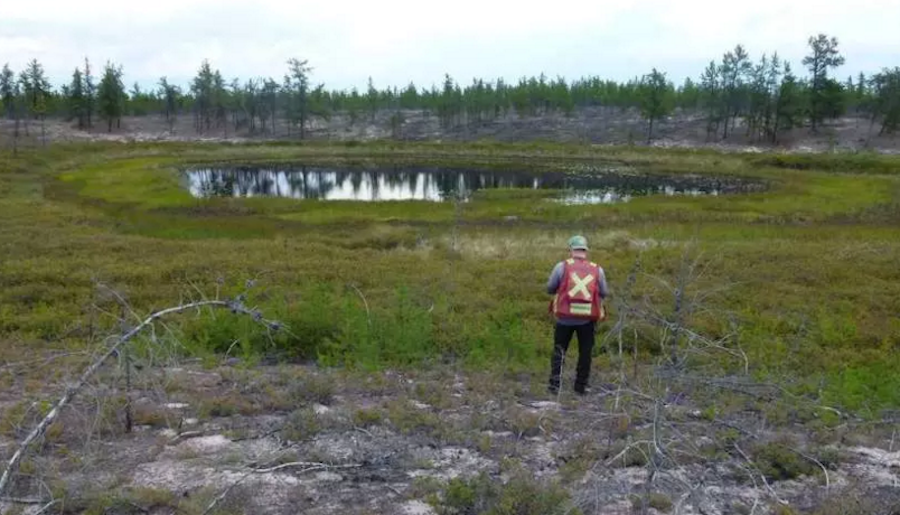De Beers quits search for diamonds in Saskatchewan

The Athabasca Basin of northern Saskatchewan is best known for its substantial uranium deposits, but De Beers hoped to discover diamonds there too.
On Dec. 23 however the world’s largest diamond miner put paid to that idea after discovering that several targets from a recent exploration program are not diamondiferous. The revelation means that De Beers will stop drilling and return the 43,000-acre (17,401-hectare) property to CanAlaska Uranium (TSXV:CVV), the Vancouver-based junior from which it optioned the property back in June.
De Beers could have spent up to $20 million over seven years under terms of the option agreement to explore the “kimberlite-style targets” identified in a 2011 Saskatchewan Geological Survey.
Since then De Beers has been exploring for kimberlites north of the decommissioned Cluff Lake uranium mine, but according to a press release issued before Christmas, the 85 large magnetic anomalies scattered across the claims do not contain diamonds, but rather, are most likely magnetic minerals mixed with organic material in the overburden:
De Beers’ drill program in September 2016 tested seven magnetic targets accessible before winter, located mostly in the southern claim groups. At five sites, the drill holes intercepted magnetic material within the organic overburden, unconsolidated sand and boulders, followed by sandstone. At one drill site, the overburden was not collected but the sandstone intercepted did not explain the associated magnetic anomaly. One drill hole intercepted overburden consisting of peat, unconsolidated sands and boulders, followed by sandstone and a thin diabase sill, which may explain the anomaly.
The companies sent the material to Saskatchewan Research Council (SRC) and McMaster University for analysis. “It is highly unusual to encounter such magnetic material in organic overburden,” they said in the press release. De Beers could have spent up to $20 million over seven years under terms of the option agreement to explore the “kimberlite-style targets” identified in a 2011 Saskatchewan Geological Survey. “We might have diamonds in Saskatchewan, and De Beers are really interested … This is an opportunity to investigate something completely new,” CanAlaska president and CEO Peter Dasler said in May.
CanAlaka Uranium maintains the Western Athabasca Basin has “the right geological and structural setting for the presence of diamondiferous kimberlite” and will keep exploring the remaining 78 targets which it does not believe are related to magnetic organic material.
CanAlaska has a large land position in the Basin – which has been called the “Saudi Arabia of uranium” – of some half a million acres (202,342 hectares), and has been exploring there since 2004. According to CEO.ca, the firm has spent $85 million on its projects, mostly by joint venture partners including Mitsubishi, Korean Uranium Consortium JV, Denison Mines and others.
Other companies involved in hunting for uranium in the Athabasca Basin include: NexGen Energy (TSX:NXE), Denison Mines (TSX:DML) and Fission Uranium (TSX:FCU).
{{ commodity.name }}
{{ post.title }}
{{ post.date }}

Comments